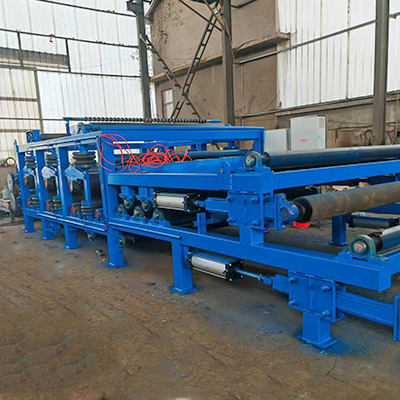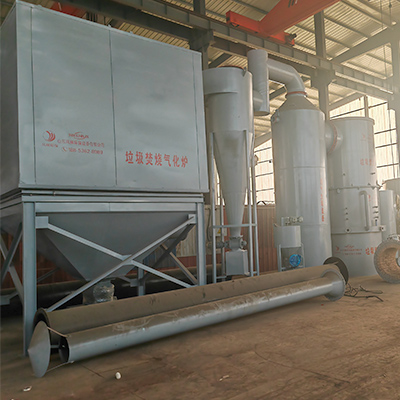Welcome to My Blog! 🌟
I’m so glad you’re here! Before we jump into the exciting content, I’d love for you to connect with me on my social media platforms. It’s where I share extra insights, interact with our amazing community, and post regular updates. Here’s how you can join the conversation:
📘 Facebook: Follow me on Facebook for more updates
Now, let’s dive into the journey ahead. I hope you find everything here both engaging and valuable. Together, let’s explore, learn, and grow! 🚀
Table of Contents
Introduction
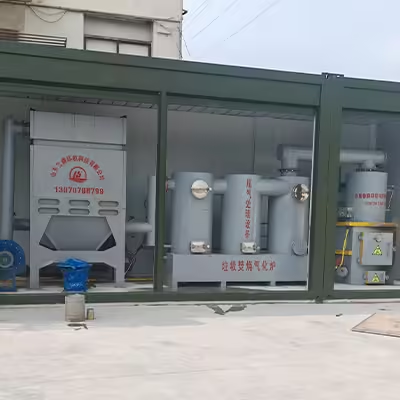
Incineration has long been a method for managing municipal solid waste. However, misconceptions about incinerated waste persist, influencing public opinion and policy decisions. This article aims to clarify these misunderstandings by examining the facts surrounding incinerated waste.
Misconception 1: Incineration Eliminates All Waste
A widely held misconception about incinerated waste is that the incineration process entirely eliminates solid waste materials. This belief leads many to overestimate the effectiveness of incineration as a zero-waste solution. In reality, while incineration dramatically reduces the overall volume of waste—by as much as 90 to 95 percent—it does not make the waste disappear completely. The process transforms solid waste into gases and solid residues, primarily bottom ash and fly ash.
These residuals, often categorized as incinerated waste by-products, still pose challenges for disposal and environmental safety. Bottom ash is the non-combustible residue left after incineration, while fly ash consists of smaller particles carried away in the flue gas. Both types of ash can contain hazardous materials, including heavy metals like lead, cadmium, and mercury, making them a significant concern in terms of environmental impact.
Residual Ash and Its Management
One of the most overlooked aspects of incinerated waste management is the treatment and disposal of the residual ash. Though it occupies significantly less volume compared to the original waste, this ash is far from benign. Hazardous substances embedded in the ash can leach into the soil and groundwater if not handled properly. Therefore, managing incinerated waste requires more than just operating an incinerator—it involves a robust post-treatment system.
Most responsible waste management facilities send residual ash to specialized landfills that are lined and sealed to prevent contamination. In some regions, incinerated waste ash is processed to extract reusable materials such as metals or is converted into construction materials. However, this depends on the quality of the incinerated waste stream and the technology available.
To ensure compliance and safety, operators should routinely conduct toxicity characteristic leaching procedure (TCLP) tests on the ash. Without these safety measures, incinerated waste can shift the pollution burden from visible garbage to invisible soil and water contamination.
Misconception 2: Incinerated Waste Is Harmless to the Environment
Another significant misunderstanding about incinerated waste is the notion that it poses no environmental threat, especially when processed in modern facilities. Advocates of waste-to-energy incineration often emphasize the efficiency and cleanliness of today’s incinerators, suggesting that emissions are minimal and well-controlled. However, this is a partial truth that overlooks the complexities of what happens during and after the burning of waste.
Burning municipal solid waste, medical waste, or industrial by-products in an incinerator transforms a large portion of it into incinerated waste gases and particulates. These emissions may contain a variety of harmful pollutants, including dioxins, furans, nitrogen oxides, sulfur dioxide, particulate matter, and heavy metals. These substances, even in small concentrations, can contribute to air pollution, acid rain, and smog formation.
Furthermore, the environmental footprint of incinerated waste extends beyond the air. The handling of toxic ash and the carbon dioxide emissions associated with the combustion process also contribute to the overall impact. The global warming potential of incineration can be substantial, especially if the incinerated waste includes high proportions of plastics and other fossil fuel-derived materials.
Emission Control Measures
To mitigate these risks, modern waste incineration plants are equipped with sophisticated pollution control technologies. Devices such as electrostatic precipitators, fabric filters (baghouses), scrubbers, and catalytic converters are used to filter or neutralize harmful substances before they are released into the environment. These technologies are designed to capture a significant portion of the pollutants produced from incinerated waste.
However, no system is 100% effective. Even the most advanced emission controls cannot entirely eliminate all hazardous outputs. Periodic equipment malfunctions, maintenance lapses, and unregulated waste streams can lead to spikes in emissions. Moreover, some countries or regions may lack stringent environmental regulations, allowing higher levels of pollutants from incinerated waste to be released unchecked.
Continuous Emissions Monitoring Systems (CEMS) are often installed in compliant facilities to track the concentration of pollutants in real-time. These systems serve as both a quality control measure and a regulatory requirement in many jurisdictions. They help to ensure that incinerated waste is processed within acceptable environmental thresholds—but the need for constant oversight remains critical.
In conclusion, while modern technologies have significantly reduced the environmental impact of incinerated waste, the notion that it is completely harmless is misleading. Only through rigorous operational standards, ongoing research, and strict regulatory enforcement can the ecological consequences of incinerated waste be effectively managed.
Misconception 3: Incineration Is a Sustainable Energy Source
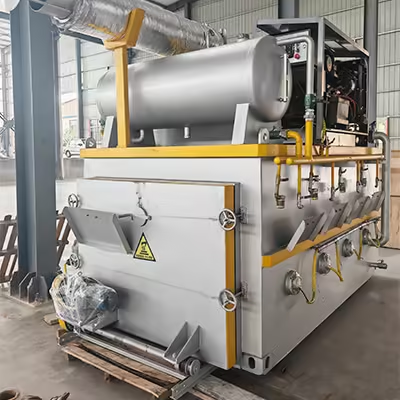
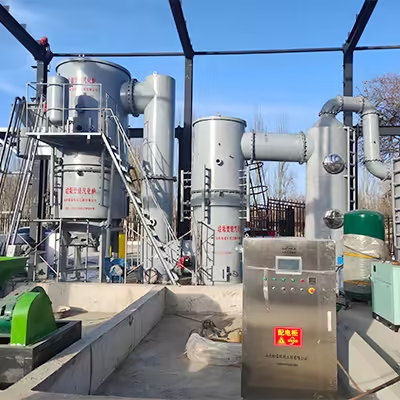
Incineration is often promoted as a waste-to-energy solution. While it does generate energy, the sustainability of this practice is questionable.
Energy Efficiency Comparison
| Waste Management Method | Energy Recovery Potential | Environmental Impact |
|---|---|---|
| Recycling | High | Low |
| Composting | Moderate | Low |
| Incineration | Low | Moderate to High |
| Landfilling | None | High |
Recycling and composting offer higher energy recovery potential and lower environmental impact compared to incineration. Therefore, while incineration contributes to energy generation, it is less sustainable than other waste management practices.
Misconception 4: Incineration Does Not Affect Human Health
One of the most concerning myths surrounding incinerated waste is the belief that it poses no risk to human health. Proponents of waste-to-energy incineration often emphasize its cleanliness and efficiency, particularly when compared to open dumping or unregulated landfills. However, this viewpoint neglects the real and documented health risks associated with emissions from incinerated waste, especially when incinerators are located near residential communities.
Health Implications
When waste is burned, it transforms into gases and particulates, many of which are harmful to human health. Incinerated waste produces emissions that may contain a variety of hazardous substances, such as:
- Dioxins and furans – toxic compounds with carcinogenic properties
- Heavy metals – such as lead, mercury, and cadmium
- Fine particulate matter (PM2.5) – which can penetrate deep into the lungs
Communities living near incineration plants often experience elevated levels of these substances in the air. Prolonged exposure to pollutants from incinerated waste has been linked to a wide range of health conditions, including respiratory infections, asthma, bronchitis, cardiovascular problems, and in some cases, increased cancer risk.
Vulnerable populations such as young children, pregnant women, and the elderly are particularly susceptible to these health impacts. Children’s developing lungs and immune systems make them more vulnerable to airborne toxins released by incinerated waste. In densely populated urban areas where incinerators are sometimes located, the health burden can be even more pronounced.
Importance of Monitoring and Regulation
To minimize these risks, incineration facilities must be held to strict emission standards and equipped with advanced filtration and monitoring systems. Facilities processing incinerated waste should have Continuous Emissions Monitoring Systems (CEMS) in place, allowing real-time data collection on air pollutants. These systems play a critical role in ensuring that emissions from incinerated waste remain within safe limits.
Moreover, independent environmental health studies and public access to emissions data help ensure accountability. In areas where enforcement is lax or emissions go unmonitored, incinerated waste can become a silent contributor to long-term public health crises. Therefore, transparent reporting, regulatory oversight, and public engagement are essential components of any community situated near incineration facilities.
In short, the notion that incinerated waste does not affect human health is dangerously misleading. Without stringent controls, the health risks associated with incinerated waste can be significant and far-reaching.
Misconception 5: Incineration Supports a Circular Economy
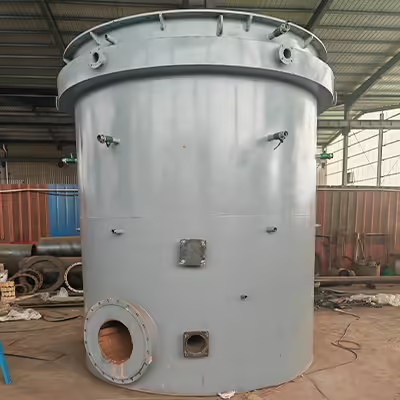
Another frequently misunderstood point is the idea that incineration contributes positively to a circular economy. Supporters of incineration sometimes argue that burning waste for energy recovers value from otherwise unusable materials. While this may seem aligned with sustainability goals at first glance, the reality is that incinerated waste often disrupts the very principles on which a circular economy is built.
Impact on Resource Recovery
A circular economy aims to maximize the lifecycle of resources, keeping materials in use for as long as possible through recycling, reusing, and remanufacturing. However, when waste is incinerated, the embedded materials—plastics, metals, paper, textiles—are destroyed, eliminating any chance for recovery or reuse.
Once materials are transformed into incinerated waste, they cannot be reintroduced into the production cycle. This linear approach—produce, consume, burn—runs counter to the closed-loop systems promoted by circular economy advocates. It prevents high-value materials from being repurposed, leading to increased demand for virgin resources and higher levels of extraction and manufacturing-related pollution.
Conclusion
Understanding the realities of incinerated waste is crucial for making informed decisions about waste management. While incineration reduces waste volume and generates energy, it also presents environmental and health challenges. Emphasizing recycling, composting, and other sustainable practices aligns more closely with environmental goals and public health considerations.
FAQ
Does incineration completely eliminate waste?
A1: No, incineration significantly reduces waste volume but produces residual ash that requires proper disposal.
Is energy from incineration sustainable?
A2: While incineration generates energy, it is less sustainable compared to recycling and composting, which offer higher energy recovery and lower environmental impact.
Are emissions from incineration harmful?
A3: Emissions can contain harmful pollutants; therefore, advanced emission control technologies and strict monitoring are essential to minimize health risks.
How does incineration affect the circular economy?
A4: Incineration removes materials from the production cycle, hindering resource recovery and contradicting circular economy principles.
What are better alternatives to incineration?
A5: Recycling, composting, and waste reduction strategies are more sustainable alternatives that align with environmental and public health objectives.


